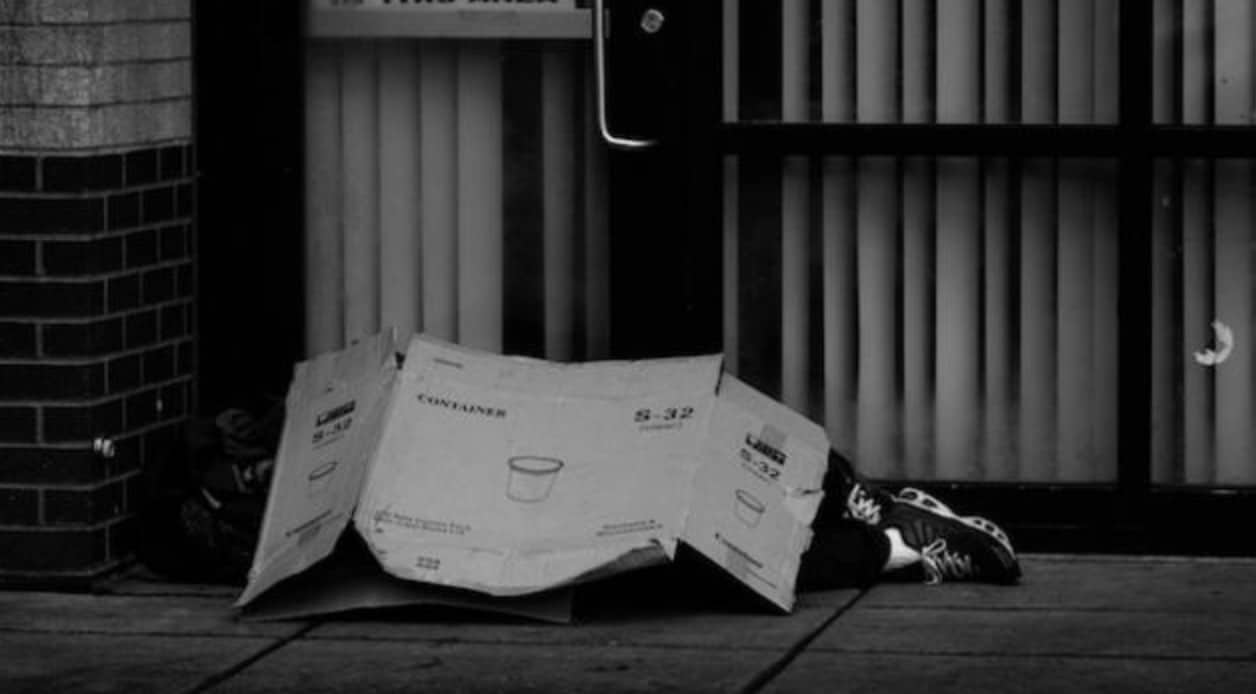These neighbourhoods have high child poverty rates in Brampton
Published October 16, 2019 at 6:00 pm

With the federal election just around the corner, Campaign 2000’s report on child poverty across Canada entitled, Child Poverty by Federal Riding: The Work Ahead for Canada’s New Parliament
With the federal election just around the corner, Campaign 2000’s report on child poverty across Canada entitled, Child Poverty by Federal Riding: The Work Ahead for Canada’s New Parliament, shows reductions that are unbalanced, as well as certain increases in child poverty between 2015 and 2017.
In July 2016, the Canada Child Benefit was introduced before being fully implemented in 2017 in order to assess poverty reduction.
Produced in partnership with the Canadian Centre for Policy Alternatives, a new infographic tool, released with a corresponding report, allows the public to view the statistics of how many children are living in poverty in each individual federal riding.
Leila Sarangi, Campaign 2000’s National Coordinator said, “Child and family poverty is a reality in every single riding in the country. Poverty means there are too many children suffering hunger, ill health and stress beyond their years in communities across the country.”
“Given Canada’s wealth, no child should go to bed hungry. No parent should be forced to choose between paying rent and buying medication or miss out on work or training for lack of quality affordable childcare. With every riding affected by poverty, every candidate of every party should be talking about how they will tackle it,” she added.
The first poverty reduction strategy was released last year by the federal government, but Campaign 2000’s report found that the method did not measure the levels of poverty of children living in Indigenous and northern communities, even though an official poverty measure was included.
Dr. Sid Frankel, University of Manitoba said, “Not only is the current state of child poverty in the country unacceptable, but the Federal Government chose a measurement that is subjective, outdated, and only measures material poverty. People are being left out.”
“It has the dangerous effect of underestimating poverty in communities that need the most support and investment,” he added.
Even though the national poverty rate dropped from 20.9 per cent in 2015 to 18.7 per cent in 2017, Campaign 2000’s report showed that 28 ridings in seven provinces saw the rise of child poverty rates in the same period; equivalent to almost 5,000 more children, now living in poverty.
The reduced number of children living in poverty extends across 308 ridings across Canada and range from a high of 24.8 per cent in Scarborough—Guildwood to .1 per cent in Brampton West.
“In Toronto, 14 of our 25 federal ridings have the highest rate of child poverty. Modest decreases are not good enough,” said Sarangi.
“Income security measures like the CCB and investments in housing and childcare are crucial to the process of alleviating child poverty, both here and across the country. The next federal government must commit to doing more, especially partnering with local communities to develop local solutions.”
While decreases have occurred in respect to urban child poverty in some of the “poorest” neighbourhoods in Toronto, the report showed reductions in Brampton were failing to increase.
Campaign 2000’s report also showcases a poverty trend moving towards the outer suburbs, as urban housing being unaffordable becomes more of an ongoing problem.
insauga's Editorial Standards and Policies advertising






